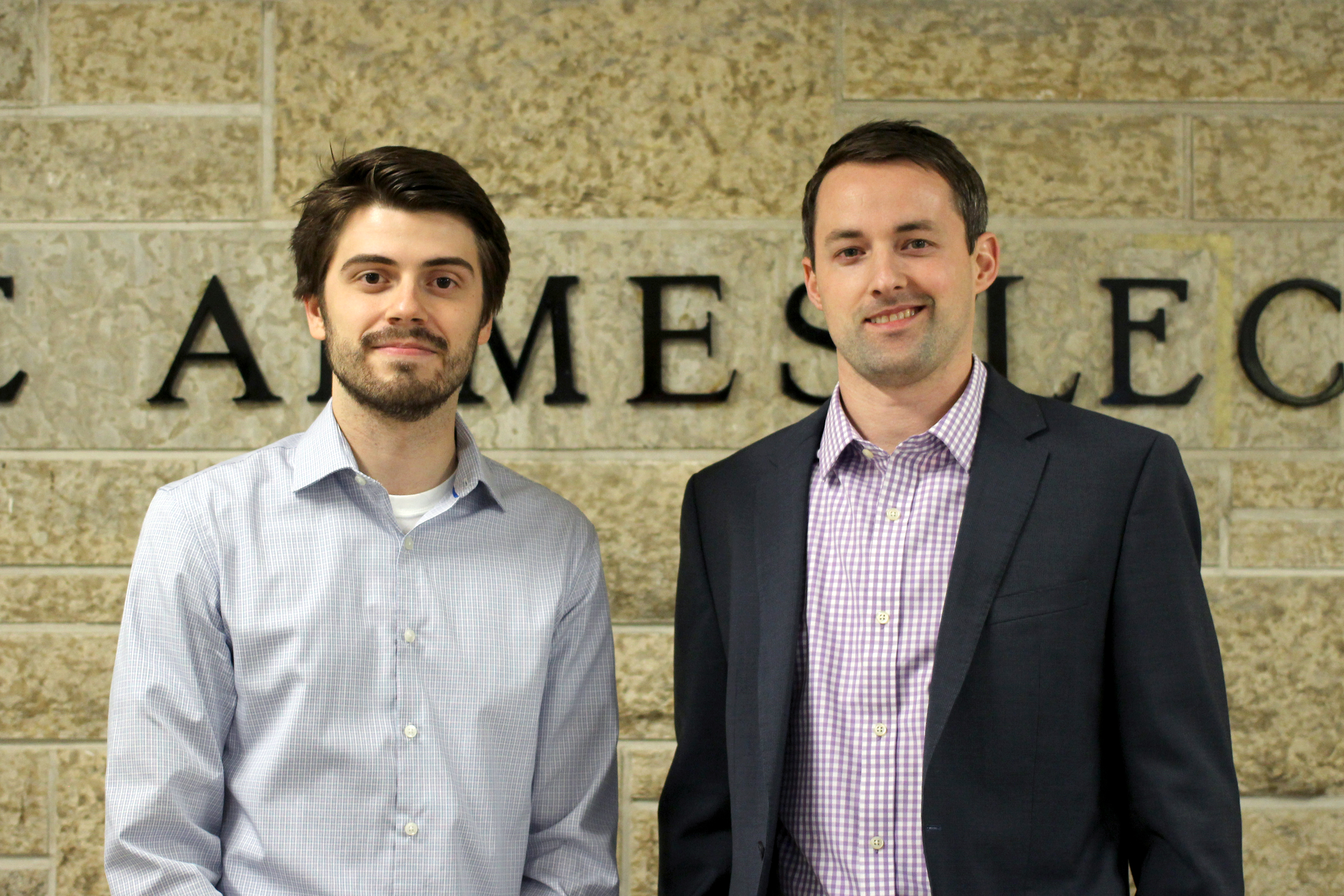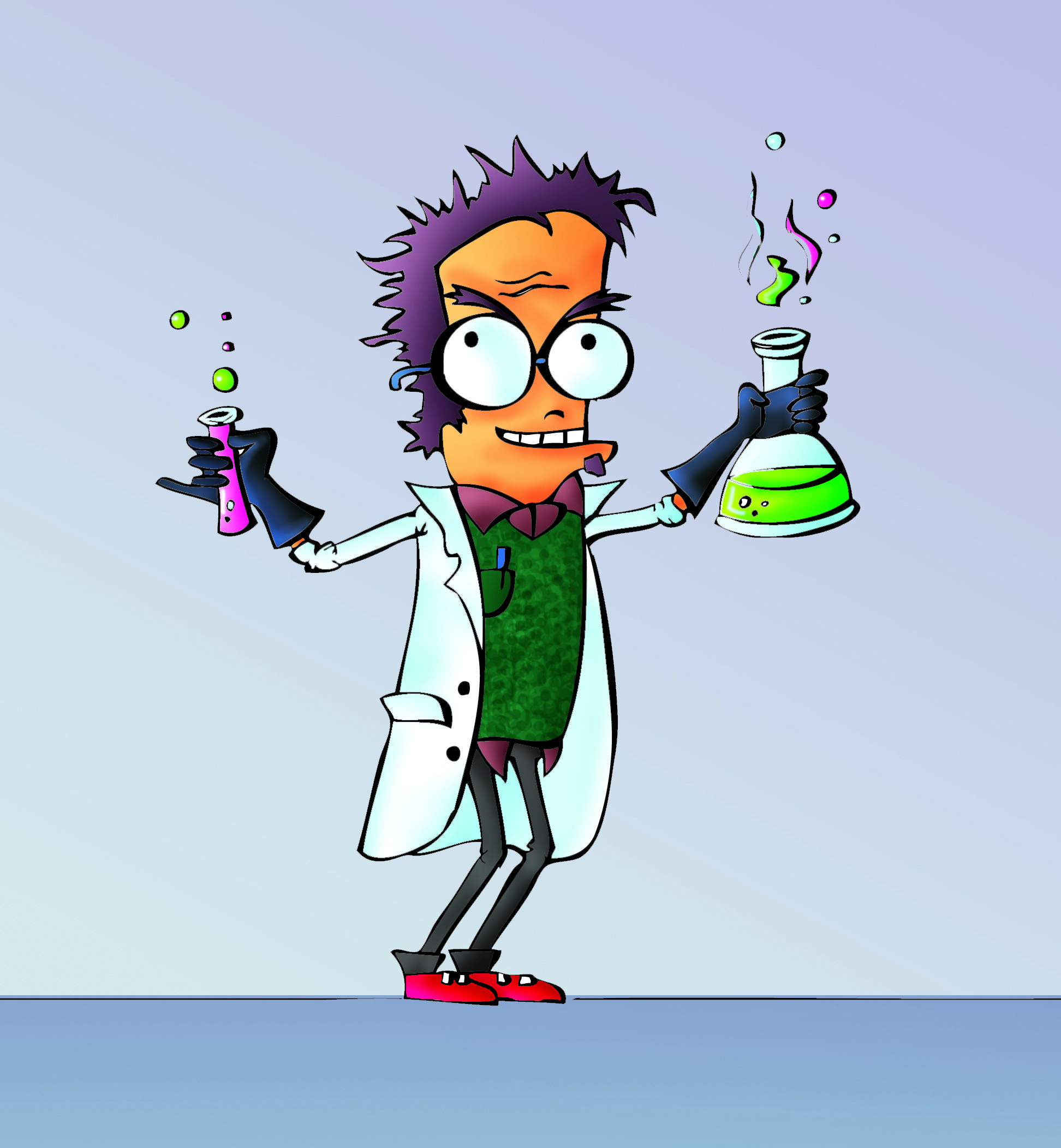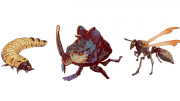So I’ve been around the university block. My degree may say “bachelor of arts,” but I’d call my education “broad” — perhaps “flip-flopped,” even, or “consistency challenged.” I’ve been twice now a member of the faculty of science, having tried to convince myself it would be a good idea to attempt at becoming one of the great calculators of our time. In said manic flip-floppings between disciplines, I’ve come to recognize a certain conflict that seems to exist in the minds of several students of both categories: the notion that arts and sciences are mutually exclusive and that one cannot peacefully co-exist in the wake of the other. A sense, equally prevalent on both sides and demonstrated in the voice of jocularity and the literature of bathroom stalls, that the world would be a better place if one side or the other could just go away.
Get your art out of my science and your science out of my art, so to speak. But, like most bilateral conflicts, the best answer is never found in extremes; a healthy collective existence cannot be so constrained to one school of thought.
If I were asked to put a definition on science, I’d say it is simply the quest for objective truth, found through the rational and logical interpretation of evidence. It is the search for concrete actuality — a meticulously drawn corner of the great picture of what “is,” stripped naked and unmarred by the willy-nilly monkeyshine of subjective human thought.
Likewise, I should contrarily define art — and I do mean art, as in “genuine, inward-looking interpretation and expression,” and not art, as in “we should give Justin Bieber, the preeminent artist of our time, all of our money” — as a similar quest, albeit of differing means and goals, for subjective truths; a fluid and ever-changing splat on the wall that we collectively mould and maneuver until we can look at it cock-eyed and say it bears some small semblance to some small sector of the limitless realms interior.
You see, despite their warring differences, and the very human desire to see our own personal truths lauded as “The Great Truth,” we must all recognize science and art as dichotomous; two contrary halves of the real Great Truth that defines a universe ruled in equal parts by the rigid and predictable bounds of the physical world, and the pliable, erratic abstractions of the conceptual world. You do not require art to perform science, or vice-versa, but you do need one and the other if you wish to form a complete picture of human existence and build a better mind.
To the students of art, I say learn more about your physical world. Don’t fret the physics, math, and chemistry courses you’re required to take as unnecessary to your future — there is nothing more necessary to our internal well-being than the truths we need to know above the truths we want to know. Accept a failing grade if it’s not your fancy but pay attention. Find the beauty in vectors, derivatives and electrons, and make damned sure that your experiences in unfamiliar territory form a piece of that fire within. A mind that is commanded strictly by internal passion and whimsy is violent and alone, and can never properly speak to or for others — only to and for itself.
To the students of science, I say don’t entirely reject the value of subjective thought. Science tells us that we may be nothing more than a jumble of bound particles behaving exactly as intricate collectives of particles should. And yet, science also recognizes the human brain as a generating station of meaning; can we profit by rejecting ourselves of that function? One might objectively say, “In the name of science! I wish to feel better; I shall stimulate the pleasure sections of my brain,” then revel in hours of mindless fun and wonder why they still feel completely empty at the end — your brain is looking for deeper meaning, even if you aren’t.
Gerald thinks balance makes better brains.
illustration by jeff kent




